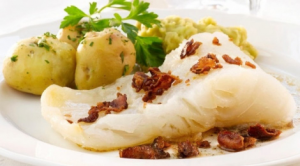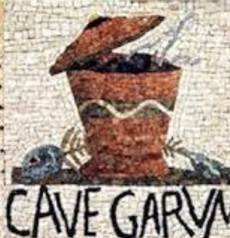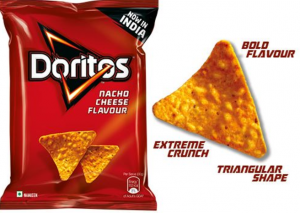Patent new food recipe
Say you come up with the best pizza topping combo ever! Can you protect it? No. Why not?
For a food recipe to be protected, the new combination of ingredients must yield an unexpected result.
For instance, the first Norwegian to make Lutefisk could have patented the process of:
- salting and drying cod;
- rehydrating the dried, salted cod for may days (and then some);
- adding lime; and
- again leaving the fish to ”mature”.

Because, who would have expected this process to: reduce the protein in the fish by more than 50%; break down the cell structure; and leave you with something with the consistency of jelly? It may not sound that appetising, but my, is it worth a try.
Another example: Garum – the “ketchup of Roman times”. Fish (with heads and guts) were mixed in a container with salt (20% by weight), and the salted fish was left to “mature” for 4 months in the sun. Thereafter, the juices were squeezed out of the putrid mush and mixed with a small amount of “turned” wine.

Not only was this sauce so well preserved that it “kept” for over a year, but the process also created monosodium glutamate – that wonderful powder in an AROMAT shaker. This process of making MSG could have been patented. It was only in 1908 that MSG was “re-discovered”, became a worldwide hit, and contributed Doritos (Nacho Cheese Flavour) to humankind.

Basically, the addition of your new ingredient must yield an unexpected ”technical result” other than change the taste – does it preserve the food? reduce cooking time? or create a new chemical? … Just adding:
- sulphur dioxide to your Garum to extend the shelf life to 2 years may achieve a technical result, but a technical result that is “expected” from a preservative; and
- a sixth spice to CHINESE 5-SPICE may be “new”. But, no matter how successful it is; no matter how many people love it, the spice just won’t “cut the mustard” from a patent perspective.

Having said this, KFC relied on its cooking method recipe patent to grow into the multinational it is today. MacDonalds even patented its method of making a sandwich. Also, nearly all popular sweets today (e.g. Rolo, Jelly Beans, Toblerone, Space Candy, Lifesavers, Eskimo Pie, Oreo, Wrigley’s) were once patented – the patent gave them room to gain a reputation. Even sauces, like Tabasco Sauce grew up under the protection of a patent. For great tips on how to patent recipes, visit Iptica Register Recipe and see our easy provisional patent drafting and filing guide.
Also file trademarks to protect your food brand. We : advise on the suitability of trademarks; check whether a conflicting trademark exists on the trademark register, and register trademarks worldwide. Also, consider protecting the secrecy of your recipe. We recommend the online confidentiality template available at “SuperNDA“>Iptica SuperNDA – using NDAs, Coke has maintained their recipe secret for over 130 years, and Colonel Saunders’ mix of spices has not been copied 80 years on.



